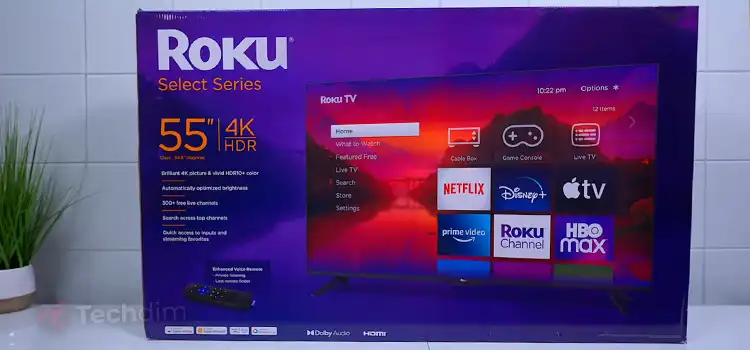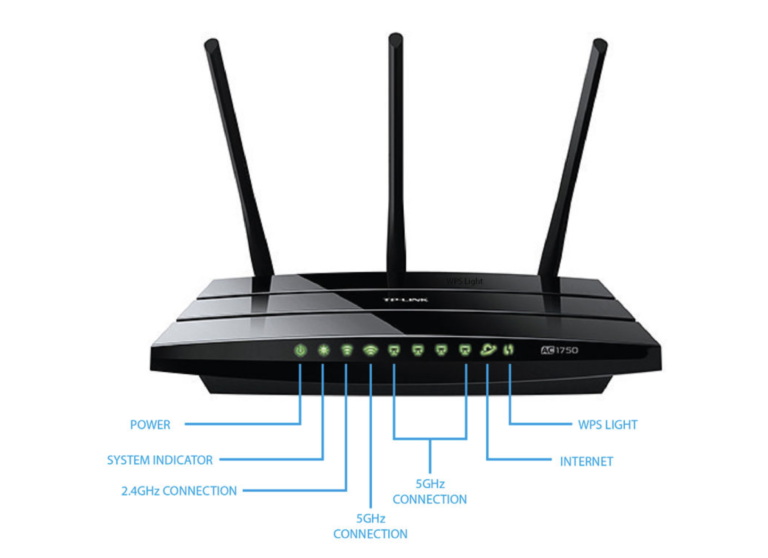How Can You Tell the Difference Between a Telephone Line and A Cable Line?
Have you ever looked at a wire coming into your home and wondered – is that a phone line or a cable line? I’ve certainly been confused by this many times! Well, there are a few easy ways to tell the difference. The short answer is to check the thickness, connectors, where it comes from, what service works when you plug into it, and how much bandwidth it provides. Read on and I’ll explain in depth how identifying these details can help you distinguish pesky phone and cable lines!

Ways to Distinguish Telephone and Cable Lines
Determining whether a particular wire is a telephone line or a cable line is important for connecting equipment and services. While they may appear similar at first glance, telephone, and cable lines have distinct physical characteristics and capabilities.
With a closer look and some simple tests, you can easily tell them apart.
Physical Appearance
Telephone lines and cable lines may seem similar at first glance, but upon closer inspection, there are some key differences in their physical appearance that can help identify them.
Telephone lines carrying voice calls and DSL internet are generally thinner and have fewer internal component wires. Traditional landline telephone cables consist of a pair of copper wires twisted together to help reduce interference. DSL lines may have 2 to 4 pairs of twisted copper wires. The entire cable is usually about 0.5 inches thick for residential lines.
In contrast, cable lines delivering TV, internet, and phones are thicker and contain more internal cabling. Cable TV lines use thick coaxial cables about 0.75 inches in diameter to provide shielding and prevent signal leakage. The core copper conductor is surrounded by insulation, a grounded shield, and an outer plastic cover. Fiber optic cables for very high-speed internet lines are about the same diameter but contain flexible glass fibers instead of metal wires. The ethernet cables have 8 wires, 4 pairs, and each is color-coded by solid colors.
So if you see a thicker wire with hard metallic shielding, it’s likely a cable line. And if it’s thinner without the shielding, then it’s likely a telephone line.
Origination point
Tracing telephone and cable lines back to their source is another way to identify them.
Telephone lines originate at junction boxes on telephone poles or small pedestal boxes near the street. These distribute the telephone connections from a central office in the neighborhood. Telephone lines run aerially on utility poles or underground to each house.
Meanwhile, cable lines originate from utility boxes marked CATV or with the cable provider’s name. These distribute the cable TV connections fed from a larger distribution hub. Cable lines are either run aerially on utility poles or underground to reach customer homes.
So if the line comes from a telephone pole junction box or pedestal on your property, it’s likely a phone line. And if it comes from a street CATV box, then it’s likely cable.
Connectors
The types of connectors at the ends of the lines can also indicate whether it’s a telephone line or a cable line.
Telephone lines typically use RJ11 connectors. These small plastic connectors have 6 positions but only use the center 2 pins for the telephone connection. RJ11 allows cables to interconnect and interface with landline telephones, modems, and other equipment.
Cable lines may use F-type connectors, RJ45 connectors, or threaded coaxial connectors depending on the service. F-type connectors are round screw-on connectors used primarily for TV connections while RJ45 connectors resemble wider RJ11 telephone connectors and are used for internet connections. Coaxial screws onto the cable end and provides a robust shielded cable TV connection.
So if you see RJ11 connectors, you can assume it’s a telephone line. And if you see F-type, RJ45, or threaded coaxial connectors, it’s likely for cable TV and internet service.
Services carried
The types of services capable of being carried over the line can also verify whether it’s telephone or cable.
Telephone lines carry relatively low voltage electrical signals suitable for telephone conversations and DSL internet. The small gauge twisted copper wires cannot handle very high frequencies or bandwidth capacity. As a result, traditional telephone lines are only designed for plain old telephone service and low-speed DSL internet up to about 56kbps.
In comparison, cable lines carry high-frequency electrical signals and broadband internet with much greater bandwidth. The coaxial or fiber optic cables provide shielding and enough bandwidth to deliver hundreds of cable TV channels, phone service, and high-speed internet reaching speeds of hundreds of megabits per second or even gigabits.
So if a line carries only telephone and low bandwidth DSL, it’s likely a phone line. And if it carries high-speed internet and cable TV, it’s a cable line.
Bandwidth capabilities
The bandwidth capabilities discussed in the previous section provide another way to distinguish between telephone and cable lines.
As mentioned, telephone lines have very limited bandwidth typically less than 56kbps. This is enough for telephone conversations which require under 10kbps. DSL internet can squeeze a little more bandwidth over telephone lines but is still limited. The highest speed DSL connection over a phone line is typically only around 15mbps for short distances.
On the other hand, cable lines are designed for much greater bandwidth capacity and can deliver hundreds of megabits per second. Cable internet speed tiers commonly go up to 200mbps but gigabit plans are increasingly available. This extra bandwidth comes from newer DOCSIS 3.1 cable modem technology as well as the transition to fiber optic lines.
So if a line can only deliver standard phone service and slow DSL internet, it can be identified as a telephone line. And if a line provides ultra high speed broadband internet, then it’s a cable line.
Testing the lines
The easiest way to test and identify telephone and cable lines is to directly connect to them and observe the results.
When you plug a telephone into a phone line jack, you’ll hear a dial tone. This indicates the phone equipment is powered on and ready to make calls over the connected telephone line. However, plugging a TV or internet modem into the same jack will not work.
In contrast, connecting a TV or cable modem to a cable line jack will allow TV service and internet connectivity. However, plugging in a phone will not produce a dial tone over the cable line. There is no continuously powered phone service until you provision it with your cable provider.
So a quick test is to plug in a phone to check for a dial tone or plug in a TV/modem to check for cabling connectivity. The line that produces the working service is telephone or cable respectively.
Summary
Here is a comparison table summarizing the key differences between telephone and cable lines:
| Characteristic | Telephone Line | Cable Line |
| Diameter | Thinner, 0.5″ | Thicker, 0.75″ |
| Composition | Twisted copper pairs | Coaxial or fiber cables |
| Origination | Telephone poles or boxes | CATV boxes |
| Connectors | RJ11 | F-type, RJ45, Coaxial |
| Services | Phone, DSL internet | TV, High speed internet, Phone |
| Bandwidth | Up to 56kbps | Hundreds of Mbps |
| Test | Dial tone on the phone | TV/modem connectivity |
In summary,
telephone and cable lines have distinct physical, functional, and performance differences that allow them to be identified. Examining the cable thickness, source box, connector type, services carried, bandwidth capacity, and direct connectivity can all help determine whether an unknown line is for telephone or cable service. With this guide, you should now be able to reliably tell telephone lines apart from cable lines. Being able to properly identify these lines is important for connecting equipment, troubleshooting issues, and even installing new wiring. Next time you need to figure out an unknown wire in your home or office, use these tips to distinguish whether it is a dedicated telephone line or a high capacity cable line.
Subscribe to our newsletter
& plug into
the world of technology





